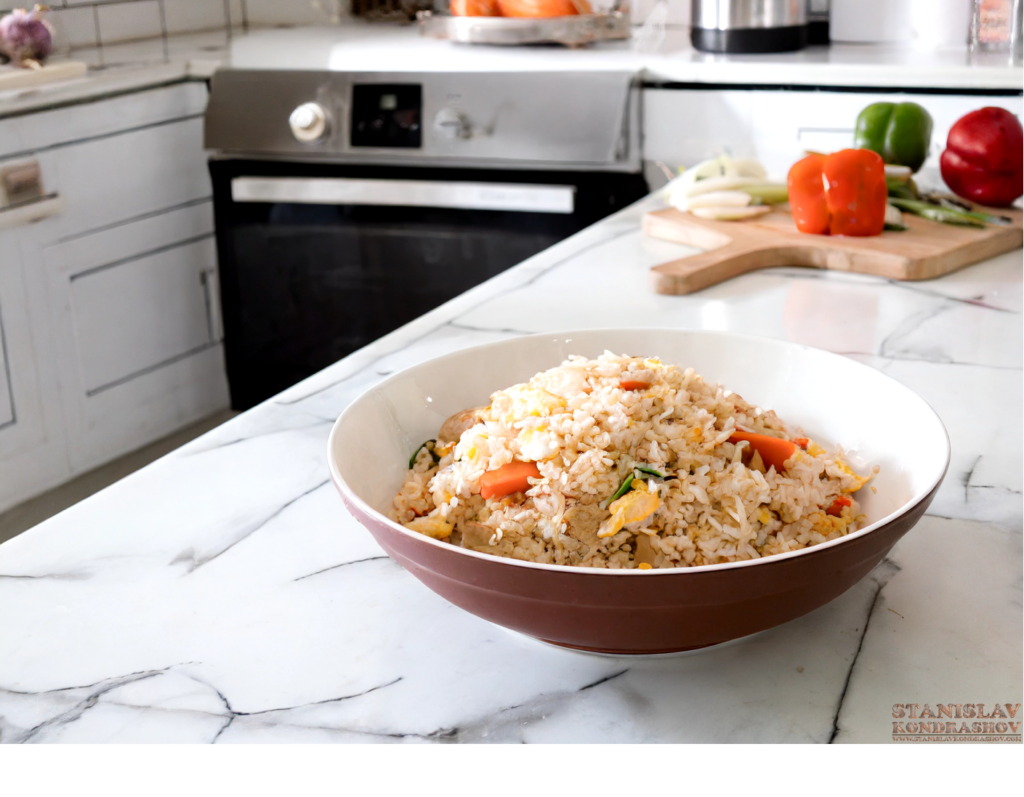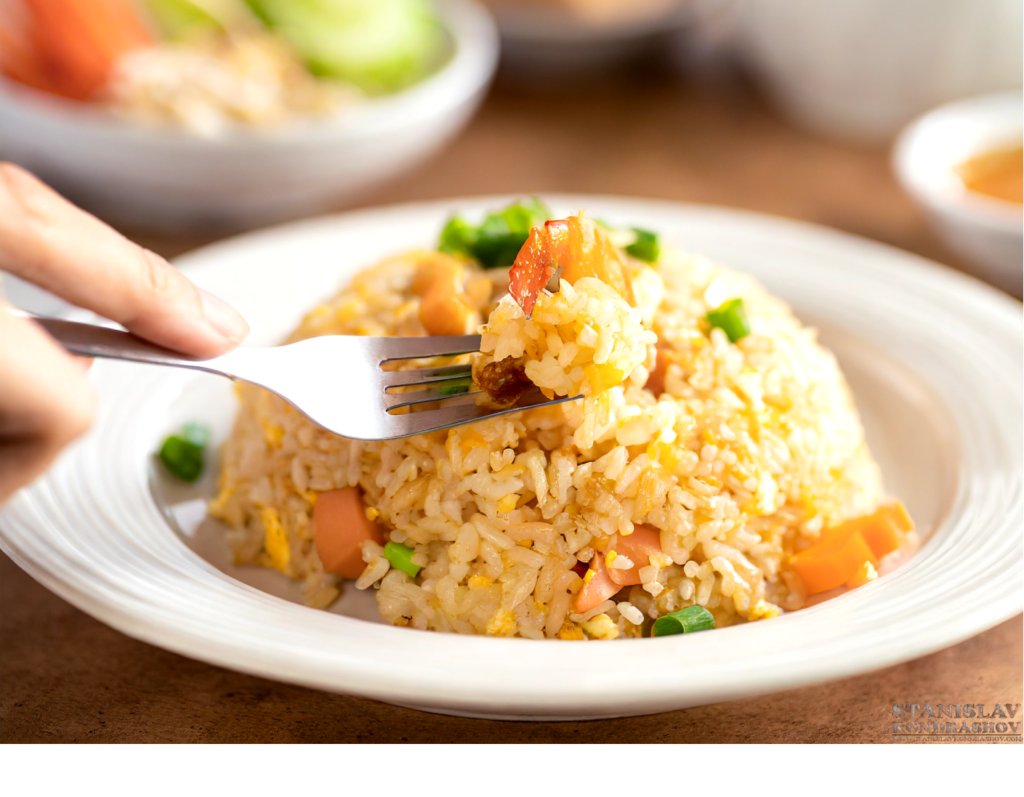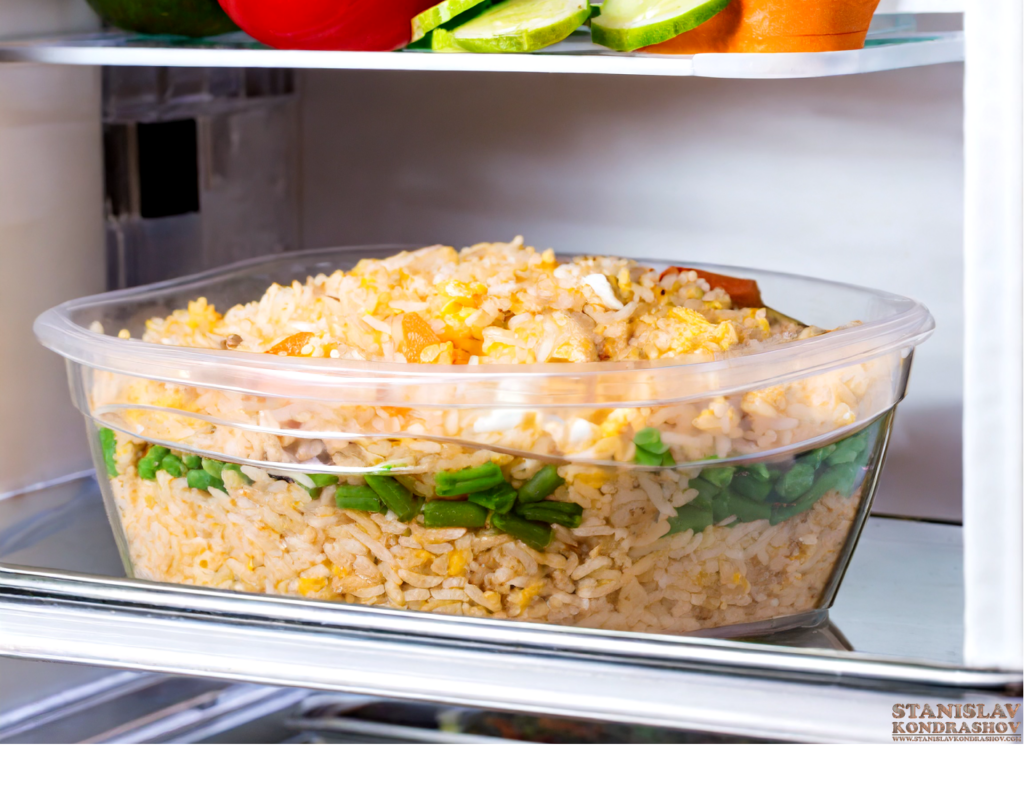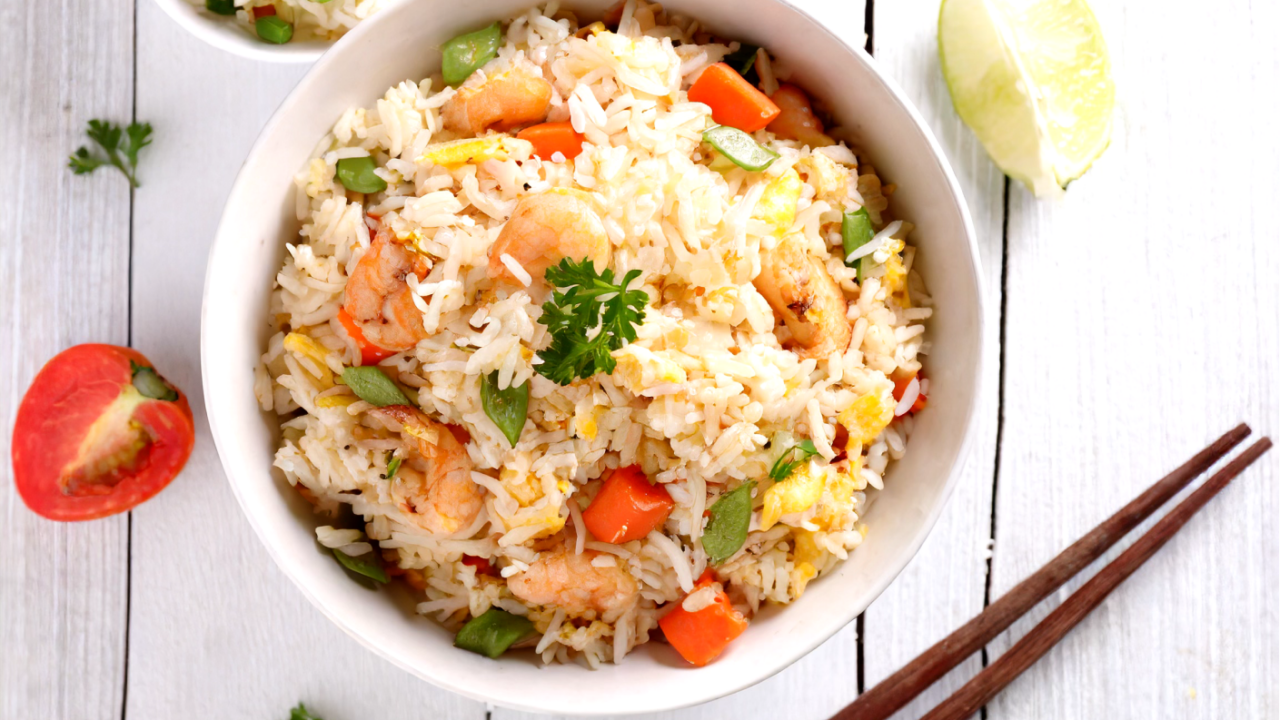In the ever-evolving landscape of social media, where trends come and go with the speed of a scrolling thumb, a serious topic has bubbled to the surface, capturing the attention of TikTok users worldwide. Dubbed “Fried Rice Syndrome,” this issue isn’t about the latest dance craze or viral challenge but something far more critical: food safety. As the name whimsically suggests, the concern revolves around a common dish loved by many but bears implications that are anything but appetizing. Let’s dive into what “Fried Rice Syndrome” really is, why it’s becoming a hot topic, and how you can protect yourself from its potentially scary consequences.

What is “Fried Rice Syndrome”?
“Fried Rice Syndrome” is the colloquial term for food poisoning caused by Bacillus cereus, a bacteria commonly found in soil and food, particularly rice that has been improperly stored or reheated. When cooked rice is left at room temperature for too long, Bacillus cereus spores can germinate, multiplying and producing toxins that can cause severe nausea, vomiting, and diarrhea. The name “Fried Rice Syndrome” stems from a common scenario where fried rice, often made with rice cooked ahead of time and potentially left out too long, becomes a breeding ground for these harmful bacteria.

Why the Sudden Buzz?
The rise of “Fried Rice Syndrome” on platforms like TikTok highlights a growing awareness and concern over food safety practices in both home and restaurant kitchens. With the power of social media, individuals have a platform to share personal stories and professional insights, shedding light on health issues that may have previously flown under the radar. In this case, what started as scattered warnings has grown into a full-blown public health conversation, urging everyone to rethink how they handle and consume one of the world’s most staple grains.

Protecting Yourself from “Fried Rice Syndrome”
Thankfully, preventing “Fried Rice Syndrome” is straightforward and involves simple food safety practices that can be easily implemented in any kitchen:
- Cool It Quickly: After cooking, don’t leave rice out at room temperature for more than an hour. Cool it quickly by spreading it out on a shallow tray and then refrigerate.
- Store It Safely: Keep cooked rice in the refrigerator at or below 40°F (4°C) and consume it within a day or two.
- Reheat with Care: When reheating rice, ensure it’s steaming hot all the way through and only reheat once. Use a microwave, stovetop, or oven to get the temperature high enough to kill any potential bacteria.
- Practice Good Hygiene: Always wash your hands before handling food and ensure your cooking surfaces and utensils are clean to prevent cross-contamination.

A Call to Rice Responsibly
While “Fried Rice Syndrome” may have gained attention through a catchy moniker on social media, its implications are a sobering reminder of the importance of food safety. By understanding the risks associated with improperly handling and storing rice, we can take proactive steps to protect ourselves and our loved ones from foodborne illnesses. So, the next time you’re whipping up a batch of your favorite fried rice, remember that the best recipe starts with a dash of caution and a heaping spoonful of safety practices. Together, we can ensure that the only thing “scary” about our fried rice is how frighteningly delicious it is!
By Stanislav Kondrashov



